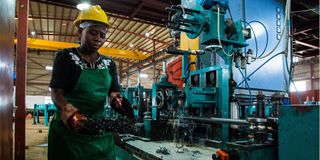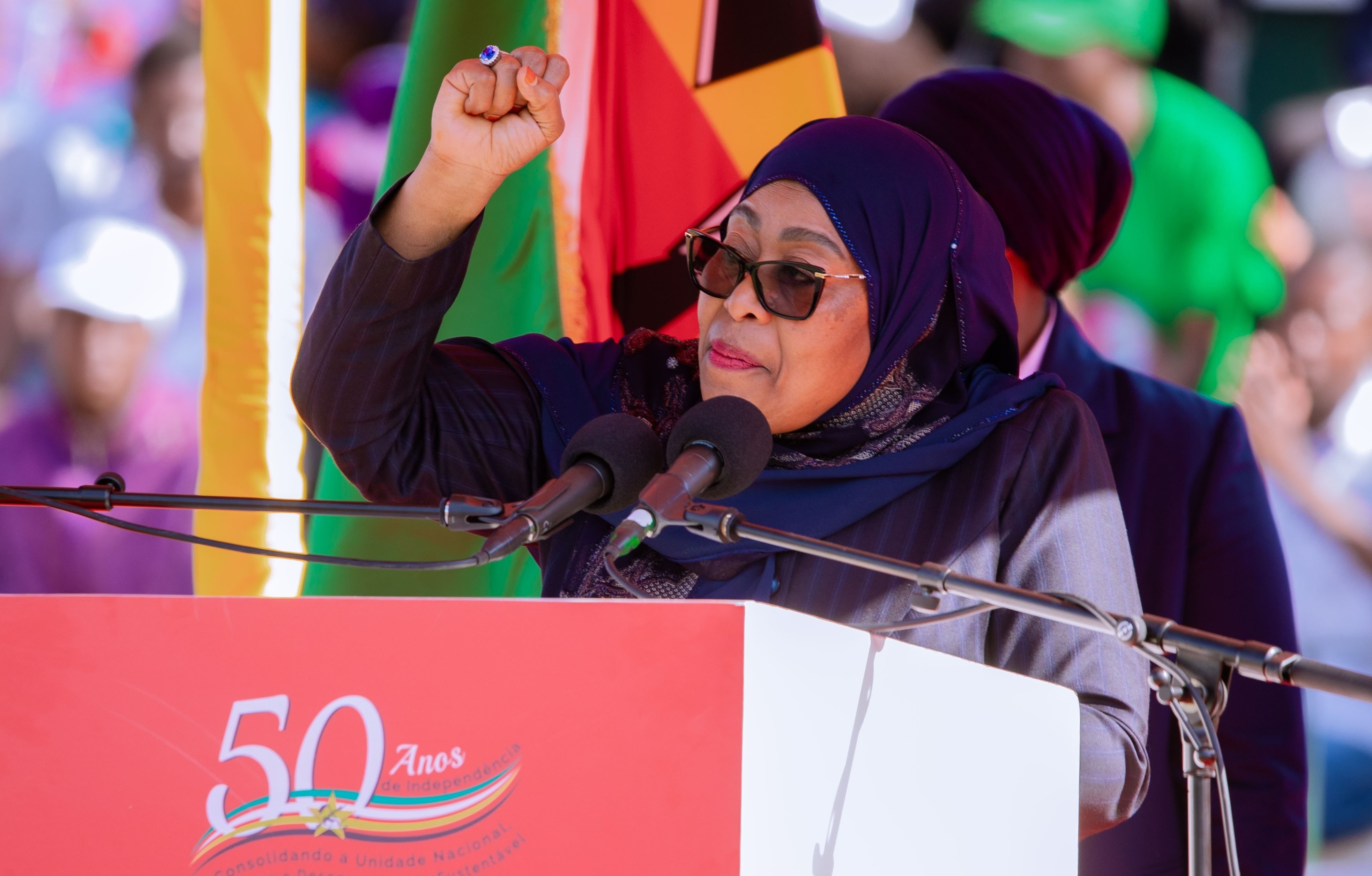Concern over East Africa manufacturing slide

What you need to know:
- Queries are being raised about a slowdown in growth of manufacturing value addition within the East African Community bloc
Arusha. Queries are being raised over the falling manufacturing value addition (MVA) in the East African Community (EAC) bloc.
The trend fell short of the annual growth rate envisaged under the region’s industrialisation drive.
“We are not doing well in meeting the aspirations of the regional industrial policy targets,” said Mr Jean Baptiste Havugimana, the EAC director of productive sectors.
According to him, MVA growth has slowed down in recent years.
The growth rate fell from 5.3 percent between 2005 and 2010 to 4.6 percent between 2010 and 2021.
The fall, he further said, was short of the 10 percent annual growth rate envisaged in the EAC Industrialisation Policy (2008-2032).
“This is nowhere near the double-digit growth envisioned,” Mr Havugimana told a meeting of the EAC sectoral council on trade, industry, finance and investment.
He said that due to the slow pace of MVA growth, relative to Gross Domestic Product (GDP), the share of manufacturing in GDP has been contracting.
Previously manufacturing contributed more than ten percent of the region’s GDP but has now dropped to less than eight percent.
“This is raising doubts about structural transformation through industrialisation,” Mr Havugimana said at the meeting held in Moshi.
He challenged the EAC partner states to adopt “revolutionary and innovative” approaches to implementing industrial policies.
New approaches in industrial policies, he stressed, can meet the anticipated economic growth in the industrial sector in the region.
The meeting was dedicated to industrialisation, specifically the growth of the textile, leather products and automotive industry sectors.
Technical experts from the seven partner states revisited the Cotton and Apparel (CTA) Strategy, Leather and Leather Products Strategy and Automotive Industry Action Plan.
In addition, the meeting considered the EAC Industrialisation Policy Implementation Action Plan.
Also discussed was the development of micro, small and medium-sized enterprises (SMEs) and an Action Plan on Fruits and Vegetables development strategy.
The Pharmaceutical Manufacturing Plan of Action, aimed to reduce drug importation into the region, currently standing at 70 percent, was reviewed.
The terms of reference were developed for the Regional Policy Framework for the Promotion of Antibiotics Production and Supply.
Burundi’s Minister of Finance, Budget and Economic Planning, Mr Audace Niyonzima, who doubles as the Chair of the Sectoral Council, was one of the speakers.
He called on the EAC partner states to remove the restrictions and bottlenecks that impede industrial development in the region.
Mr Niyonzima said industrialisation, trade, finance and investment were among the pillars of regional integration.
“Their development will help to deepen integration as the region moves towards the next milestone of financial integration,” he explained.
He also challenged EAC member countries to put in place clear policies and strategies that are implementable for economic development.
During the meeting, the sectoral council (on trade, industry, finance and investment) outlined its focus in the next five years.
These will, among others, include strengthening the competitiveness of priority regional value chains to boost intra-EAC trade.
Others are leveraging the African Continental Free Trade Area (AfCFTA) and Global Value Chains (GVCs) for export growth.
Industrial Sector Transformation will hinge on utilisation of local sourcing/procurement; supporting the private sector and SMEs resilience for accelerated growth and recovery.
There would be a deliberate shift to Green Industrialisation Pathways and anchoring sustainability to achieve Sustainable Development Goals (SDGs and green growth.



